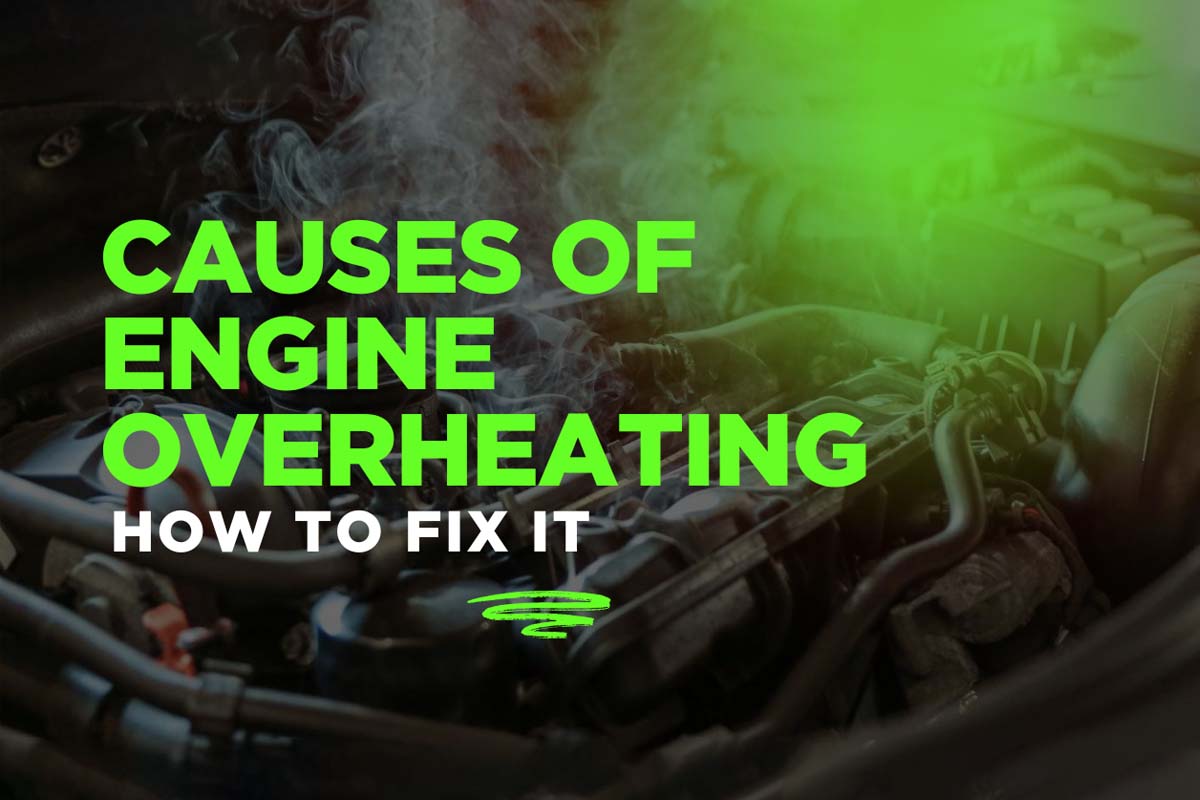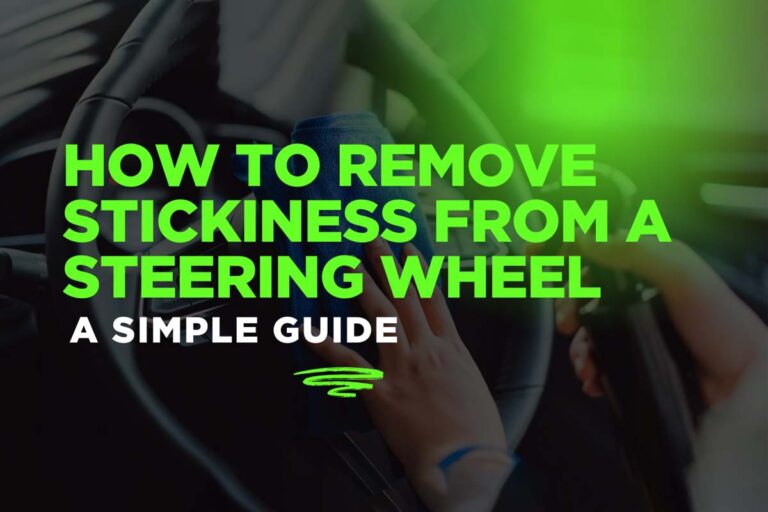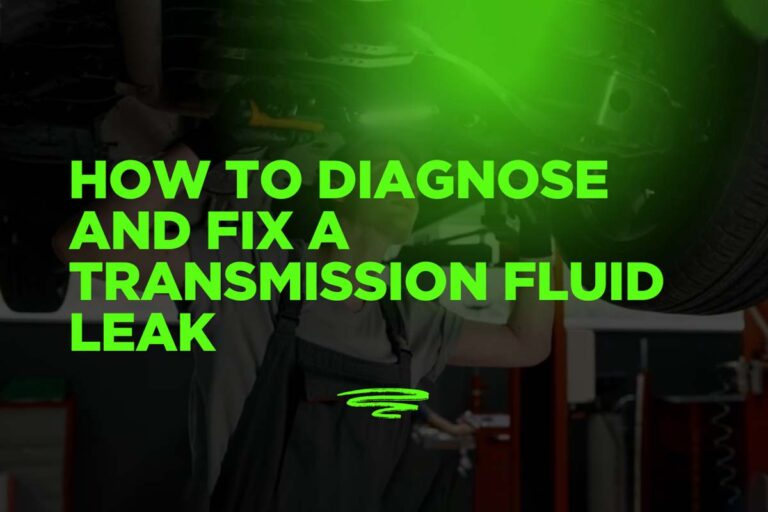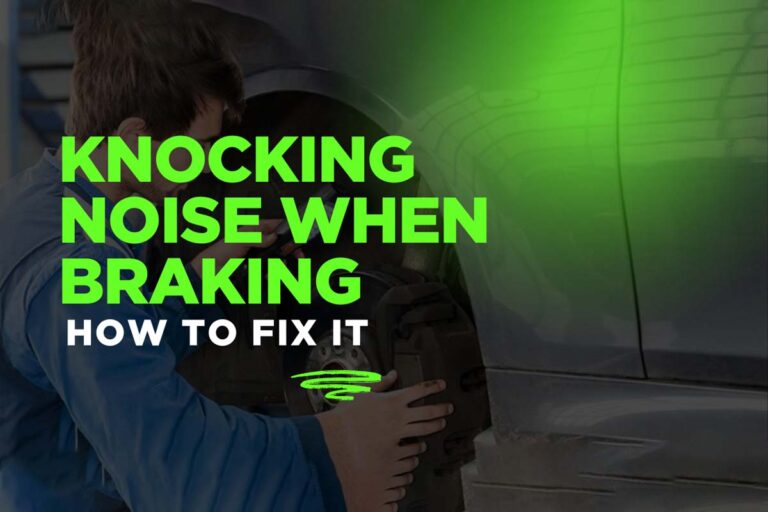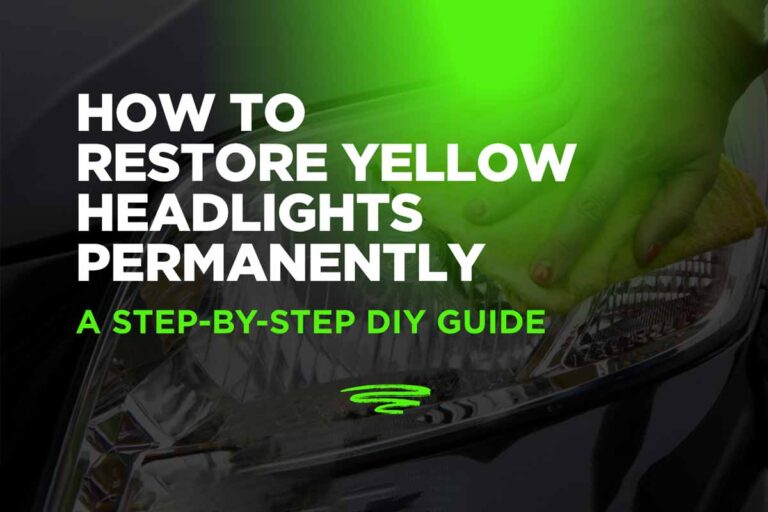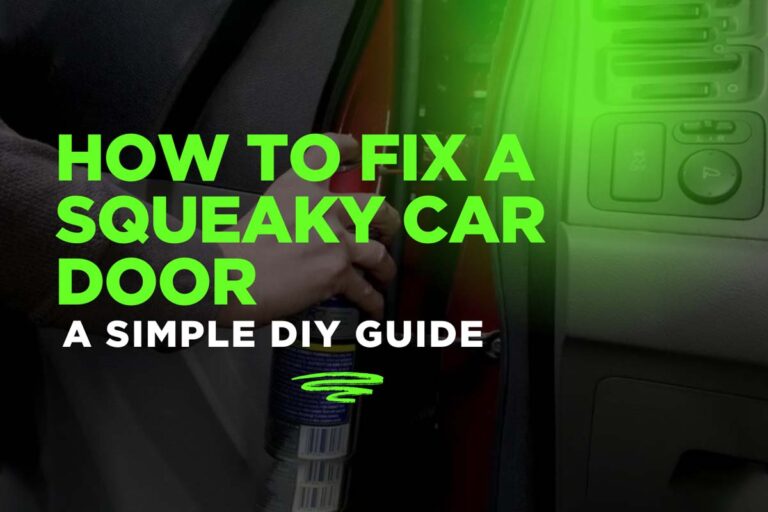Causes of Engine Overheating and How to Fix It
Engine overheating is a common problem many drivers face. It happens when the engine gets too hot and can’t cool down properly. If not fixed quickly, it can damage your engine and lead to costly repairs. This article will explain the causes of engine overheating and what you can do to fix it. Knowing the signs early can help you avoid bigger problems and keep your car running smoothly.
What is the Common Causes of Engine Overheating
Low Coolant Levels
Coolant is a special liquid that keeps the engine from getting too hot. If there isn’t enough coolant, the engine can’t stay cool. This can happen if there’s a leak or if the coolant hasn’t been filled in a long time.
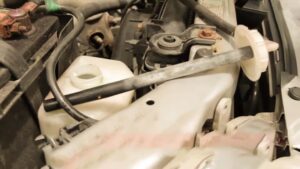
Coolant System Failures
The cooling system has several parts like the radiator, hoses, and thermostat. If any of these parts are broken, coolant can’t move properly. This means the engine won’t cool down the way it should, which can lead to overheating.
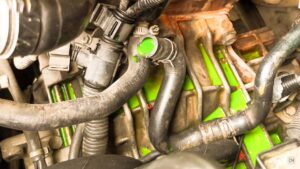
Faulty Water Pump
The water pump helps move the coolant through the engine. If the pump is broken or not working well, the coolant won’t flow properly, and the engine can get too hot.
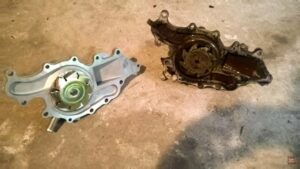
Broken Radiator Fan
The radiator fan cools down the engine, especially when the car is not moving. If the fan stops working, there’s not enough airflow, and the engine can overheat—especially when you’re sitting in traffic.

Clogged Radiator
Over time, dirt and rust can build up in the radiator. This can block the flow of coolant and stop it from cooling the engine properly. When that happens, the engine temperature can rise quickly.
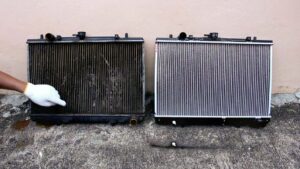
Faulty Thermostat
The thermostat controls when the coolant flows through the engine. If it gets stuck closed, the coolant can’t move, and the engine can overheat. A stuck thermostat is a small part but can cause a big problem.
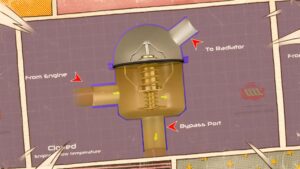
Top Symptoms of Engine Overheating Every Driver Should Know
Temperature Gauge Going Up
Most cars have a temperature gauge on the dashboard. If the needle starts moving toward the “H” or red zone, it means the engine is getting hotter than normal. This is usually the first warning sign that your engine may be overheating.
Steam or Smoke from Under the Hood
If you see steam (which may look like white smoke) coming from the front of your car, your engine is likely overheating. This usually means the coolant is boiling over and escaping as steam. It’s a clear sign to stop the car safely and turn off the engine.
Engine Warning Light Turns On
Many modern cars will show a warning light (usually shaped like a thermometer) on the dashboard when the engine temperature gets too high. Never ignore this light—it’s your car’s way of telling you something is wrong.
Heater Blowing Cold Air
Strangely, when an engine is overheating, your car’s heater might stop working properly. If you turn on the heat and it blows cold air instead of warm, it could mean there’s not enough coolant flowing through the system.
Loss of Power
When an engine overheats, it may not run as smoothly. You might notice the car feels weak, struggles to accelerate, or shakes more than usual. This is because the engine is too hot to work properly.
How to Fix an Overheating Engine
To fix an overheating engine, the first thing to check is the coolant levels. Coolant is essential for keeping the engine cool, so if it’s too low, the engine will overheat. To check the coolant, make sure the engine is cool first, then open the coolant reservoir and see if the level is between the “low” and “high” marks. If it’s low, top it up with the recommended coolant. If the coolant is fine but the engine is still overheating, the problem could be elsewhere.
Next, you should inspect the radiator and hoses for any issues. The radiator cools the engine by circulating coolant, and if it’s blocked or leaking, it can’t do its job properly. Look for cracks, leaks, or holes in the radiator, and check the hoses for any signs of wear, cracks, or leaks. If you find any damage, replace the faulty parts to prevent further overheating.
Another key part to check is the thermostat, which controls the flow of coolant through the engine. If it gets stuck, it can stop coolant from circulating, causing the engine to overheat. If the thermostat is malfunctioning, it will need to be replaced. A new thermostat will allow coolant to flow freely and help maintain the right engine temperature.
You should also check the water pump. This part helps move the coolant around the engine. If the water pump is faulty or broken, coolant won’t circulate properly, and the engine will overheat. Signs of a bad water pump include unusual noises (like whining or grinding) or coolant leaks near the pump. If the pump is damaged, it will need to be replaced.
The cooling fan helps cool the engine by pulling air through the radiator. If the fan is not working, the engine can overheat, especially when the car is idling or driving slowly. You can check if the fan turns on when the engine gets hot. If it doesn’t, the fan may need to be repaired or replaced.
Finally, if the radiator is clogged with dirt, rust, or debris, it can block coolant flow and cause overheating. Flushing the radiator is the process of removing this buildup by draining the old coolant, cleaning out the radiator, and refilling it with fresh coolant. Radiator flushing can be done by a mechanic or at home with the proper tools.
By following these steps, you can address the most common causes of engine overheating and keep your engine running smoothly.
Conclusion
Engine overheating is a serious issue that can lead to costly repairs if not addressed promptly. Common causes include low coolant levels, radiator and hose issues, faulty thermostats, broken water pumps, malfunctioning cooling fans, and clogged radiators. Even if the coolant level is full, the engine can still overheat if there are other problems in the cooling system. To prevent overheating and extend the life of your engine, it’s essential to regularly maintain and check key components like the cooling system, hoses, water pump, thermostat, and radiator. Taking action as soon as you notice signs of overheating can save you from bigger issues down the road.
